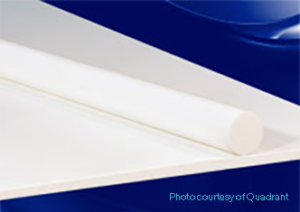Polyethylene Terephthalate – known as PET or polyester — is a thermoplastic polyester that can be amorphous, crystalline, or a mixture of both, depending on how it is processed. All forms provide good chemical resistance and durability.
Benefits of Polyester (PET)
Good for both wet and dry environments
High strength and rigidity – ideal for close tolerance parts
Excellent stain resistance
Good wear resistance and excellent dimensional stability
Better resistance to acids than nylon or acetal
Technical Resources
- Polycarbonate vs. Acrylic vs. Glass: What’s the Best Fit for Your Project?
- PVC vs CPVC: Which Is Better?
- Polypropylene vs. Polyethylene: How Do They Differ?
- Thermosets vs Thermoplastics: How They Differ
- Homopolymer vs Copolymer
- Plastics Pyramid
- Amorphous vs Semicrystalline
- Fiber Reinforced Panel Alternatives
- How To Choose the Right Plastic for Your Project
- LEXAN™ CLINIWALL™: Next Generation Wall Cladding
- BioPhorum, Polymershapes, and the Future of Material Sterilization
- Design for Manufacturability and Its Importance
Suppliers / Brands
Common Applications
Physical Properties
| Units | ASTM Test | PET | |
|---|---|---|---|
| Tensile strength @ break @ 73°F | psi | D638 | 3,480 – 11,200 |
| Flexural modulus @ 73°F | psi | D790 | 270,000 – 1.42E 6 |
| Izod impact (notched) | ft-lbs/in of notch | D256 | 0.26 – 1.9 |
| Coefficient of linear thermal expansion (CLTE) | (in/in F) | D696 | 1.70E-05 |
| Coefficient of friction | D1894 | 0.30 – 0.50 | |
| Water absorption – 24 hours – 1/8″ thick | 0.036 – 0.11% | D570 | 0.098 – 0.10 |
| Deflection Temperature Under Load @ 264 psi | °F | D648 | 136 – 446 |
* Technical Data is provided courtesy of UL Prospector (www.ulprospector.com) and IAPD (www.IAPD.org).
Data is to be considered representative and is provided for guidance only. All product performance must be verified by the user under actual application conditions.

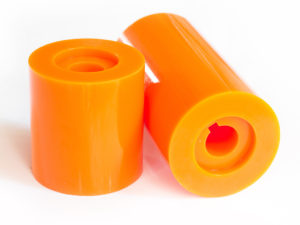 Bearings & Bushings
Bearings & Bushings
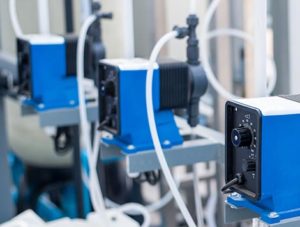 Chemical Processing
Chemical Processing
 Die Cutters
Die Cutters
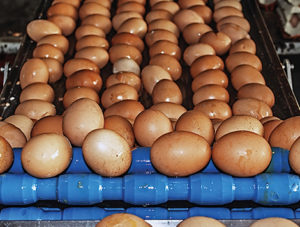 Food & Beverage Preparation/Processing
Food & Beverage Preparation/Processing
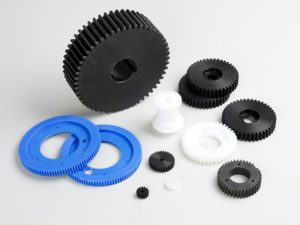 Gears
Gears
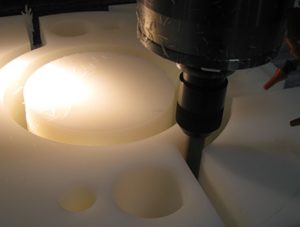 Machine Shops
Machine Shops
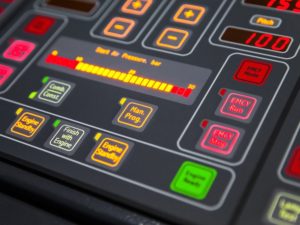 Membrane Switches
Membrane Switches
 Milling & Mining
Milling & Mining
 Wear Strips
Wear Strips
